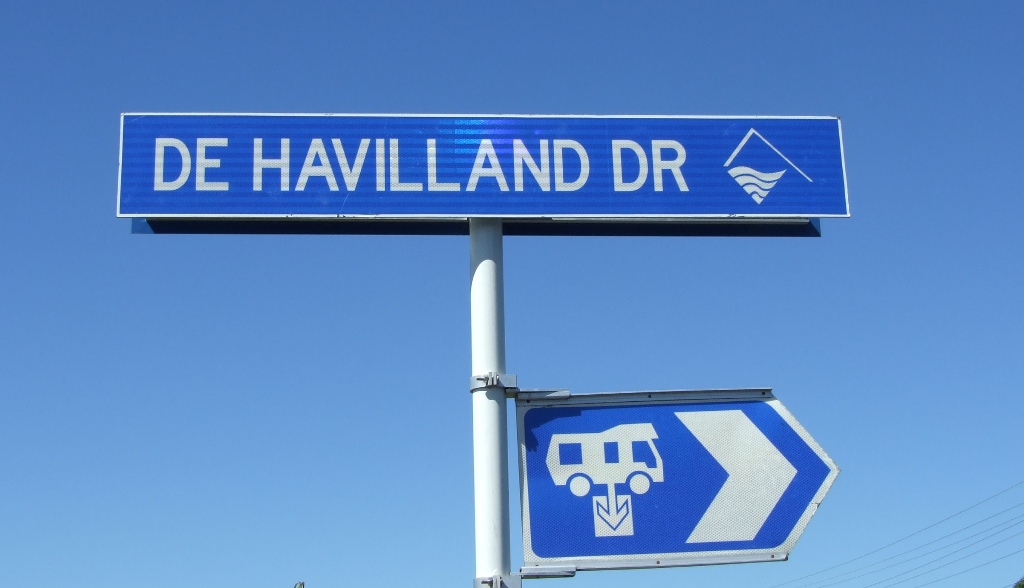


Prior to November 1966, New Plymouth's airport bordered De Havilland Drive, so it should come as no surprise that the street celebrates the role of an aircraft company of the time.
The de Havilland Company was founded in 1920 by Geoffrey de Havilland, an aircraft designer from the Airco company that had just been sold to BSA.
It began producing single and two-seater biplanes powered by their own "Gipsy" engines. This was, and still is, unusual as most aircraft companies contract the engine to specialist engine manufacturers. De Havilland enjoyed early success and was certainly an innovative company, but this ultimately led to its downfall.
In the 1920s and 1930s their Moth series set the standard. The DH82 Tiger Moth was spectacularly successful and was built in many countries including New Zealand. The RNZAF flew over 300 machines many of which later became domestic aircraft, with over 180 being converted into top dressing aircraft.
New Zealand’s first jet fighter was the de Havilland DH100 Vampire flown by the RNZAF. Nos. 14 and 75 squadrons flew 47 of the aircraft from 1952. Local businessman Brett Emeny bought a Vampire off the Swiss air force in 1995 and the plane was flown regularly in New Plymouth skies.
De Havilland was hailed when their DH 106 Comet became the first commercial jet airliner in service in 1952. Unfortunately, three Comets mysteriously broke apart in flight and the aircraft was grounded in 1954. Structural deficiencies around the windows were discovered that caused disastrous fatigue cracks to develop. By the time they had fixed the problem, the Boeing 707 and Douglas DC-8 had cornered the market. However, the Nimrod, a military version, was successfully flown as a reconnaissance plane for more than 40 years.
In 1960 de Havilland was taken over by Hawker Siddeley and, over the next two years, the name disappeared.
There is still a link to local aviation as a subsidiary, de Havilland Canada, was incorporated into Bombardier, the manufacturer of the current Q300 aircraft operated by Air New Zealand through New Plymouth.
This story was originally published in the Taranaki Daily News.
Please do not reproduce these images without permission from Puke Ariki.
Contact us for more information or you can order images online here.